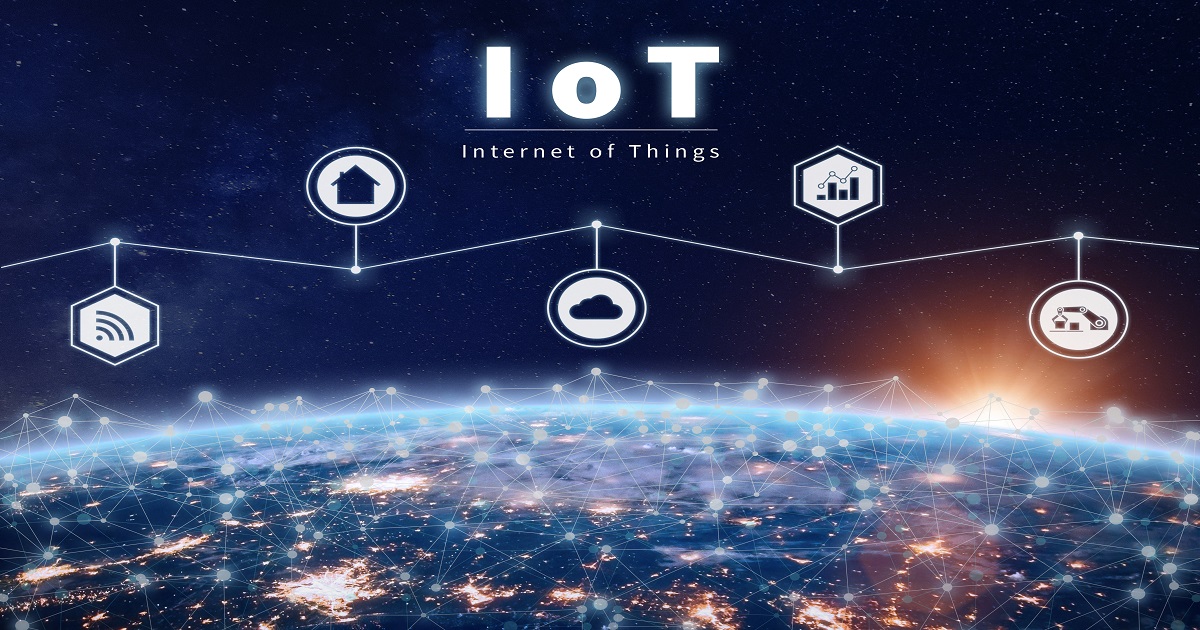By all accounts, machine to machine (M2M) communications and the Internet of Things (IoT) are going to be a huge boom to the global economy. These recent stats from industry analysts highlight the industry’s enormous potential:
- GE reports M2M/IoT will add $10 trillion-$15 trillion to global GDP over the next 20 years
- Cisco (News

 - Alert) reports economic value growth will reach $19 trillion by 2020
- Alert) reports economic value growth will reach $19 trillion by 2020
- IDC forecasts IoT solutions will grow from $1.9 trillion to $7.1 trillion in 2020
- Gartner (News

 - Alert) forecasts the IoT/M2M industry will generate revenues exceeding $300 billion in 2020
- Alert) forecasts the IoT/M2M industry will generate revenues exceeding $300 billion in 2020
Those numbers will no doubt be adjusted frequently as the market plays out. However, every communications service provider on the planet has significant goals when it comes to M2M/IoT: How to monetize it without making a significant upgrade to their network and systems or adding an inordinate amount of risk to their business. Even players that have not yet stepped into the M2M/IoT fray still have tremendous opportunity.
Challenges to monetizing M2M and the IoT fall into three clear categories:
1. Business challenges: the market is fragmented, and leadership and ownership is still undefined; lack of ownership clarity in ecosystem due to too many players; M2M/IoT revenue shares between partners; many services are still highly customized rather than standardized.
2. Technology challenges: supporting the applications on top of the infrastructure; ensuring legacy systems can support the new technology; determining and providing the additional network bandwidth that is needed.
3. Operational challenges: managing the diversity of M2M devices; modifying existing pricing models, service catalogues and operation support processes for M2M service delivery; managing trillions of transactions in real time.
Two examples really highlight the impact M2M/IoT can have on a business and show how customers can overcome these challenges to realize a strong ROI from their M2M solutions:
1. Vending Machines: Coca-Cola knew its model of collecting cash and controlling inventory was broken, so implemented an M2M system that allows them to monitor inventory remotely, restock popular items quickly, accept different forms of payment, and conduct proactive maintenance. The results:
- Diversifying payment options helps to widen the consumer base
- More precise analytics allows for greater market insight
- The company is now able to supply high-demand products at a quicker rate, maximizing revenue opportunities
- Proactive rather than reactive monitoring prevents costly operational issues before they occur
2. Utilities have long relied on meter readers who manually check utility meters at a home or business and report on usage. It’s a cumbersome process prone to errors and leaves utilities in a guessing game when it comes to predicting monthly or annual usage. M2M-enabled smart meters result in:
- A higher accuracy in data, allowing for improved budgeting and cash flow projections
- Smart meter billing and tailored real-time offerings, enhance customer satisfaction and open new streams of revenue
- Less capital is spent on employees and travel
- Smart metering with incentive saves energy, reduces repair costs, and enhances customer satisfaction
What can service providers learn from these two examples? One lesson is that connectivity is key. Both Coca-Cola and smart utilities require reliable connectivity from service provider partners to make their M2M initiatives work. Second is that neither required a rip-and-replace strategy to enable M2M; just enhancements and a hard look at how they could better provide services and save money via these new micro-transactions.
The same is true for services providers. M2M presents an exciting new opportunity for communications and media providers, allowing them to deliver intelligence securely and reliably to and from the edge device. However, they need to take a close look at their legacy systems and understand how to optimize them in this new environment.
Edited by Ken Briodagh





